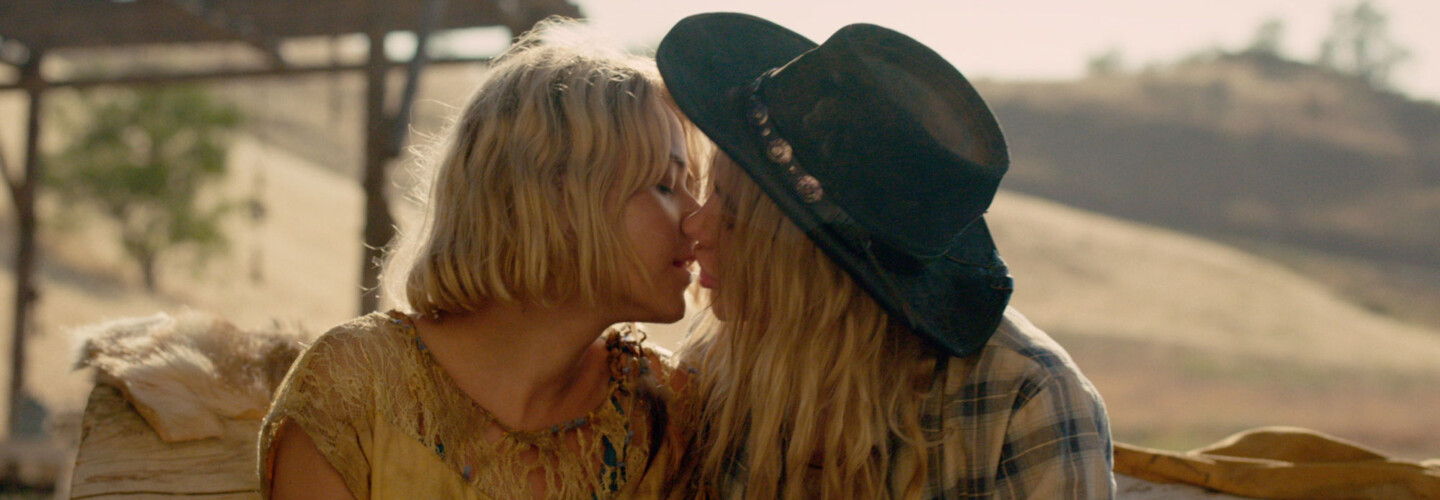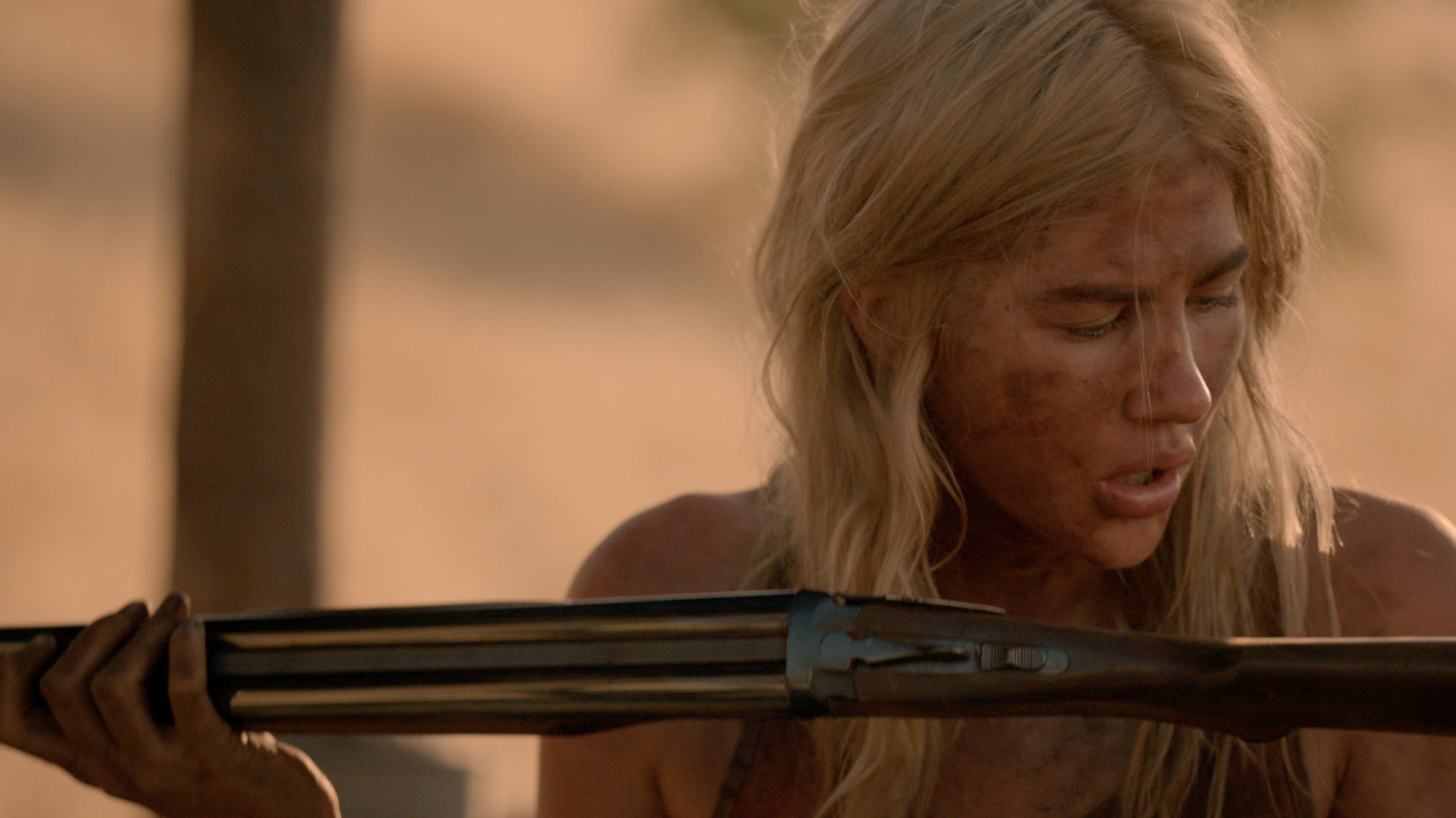
Set in the year 2077, Director Amanda Milius’ USC thesis film The Lotus Gun sees the synergetic lives of two women living in post-civilization harmony, disrupted by the arrival of a runaway from a misogynistic drug cult. In our conversation with Amanda, she reflects on the nature of morality, how her upbringing shaped her cinematic approach (she’s the daughter of Screenwriter and Director John Milius & Actress Celia Kaye) and why negative criticism inspires her to create better work.
How would you say your background has shaped your taste in films and approach to filmmaking? Does it feel like an advantage?
My background professionally is in fashion and music photography originally, and I definitely think it was advantageous. I had time to think visually and grow for a while; I had begun the process of developing a distinct style before ever making a film. It also helped me think about the visual structure of story, because each photo shoot is kind of a miniature little short film in a way and it definitely helps you think about imagery and how that can be used to communicate story without dialog. Which is something I really like in film.
Coming from my particular family I would say was helpful in that I definitely was exposed to lots of different kinds of films. My parents were not ones to adjust what they were watching, so I probably saw a lot of violent or adult themed things when I was a kid which I don’t know if that’s good or bad, but I definitely got a taste for some great movies growing up. My Dad is very into Westerns… he named my brother Ethan after the movie The Searchers, and I absorbed a lot of Ford and Huston which was cool. It does feel like an advantage because I’ve been hearing about this industry for my whole life. Also growing up in LA where there is a big underground kind of genre / B movie / art movie culture was great. My first job as a teenager was at an art house video store called Cinefile and I think I learned more there about different directors and kinds of movies than anywhere else. It’s next to the Nuart Theatre and as teenagers we’d hang out there in the store and watch weird movies.
What attracted you to the film program at USC? How do you feel the school has helped you progress in your craft?
USC is the best film school, so when I decided to go back to school I was thrilled to be able to go there. It really changed my life. I know a lot of people these days say that you could just as easily start making movies on your own, but I don’t see how going to learn the craft you want to do as well as possible could hurt, if you’re able to go. I think I was very lucky to be able to go there, I really needed to do it to turn my life in this direction. I don’t think you could learn all of that anywhere else. It was good that I worked for a while and didn’t go to film school right away. I noticed that the other students who also followed that less direct path, seemed to get more out of school because we knew that in the real world – no one is going to stop and show you all this technique and information. I also think, for directing, it’s important because directing is something you can only do in a specific environment. You can go practice writing by yourself at home, but for directing you need to practice working with actors and there has to be an audience for it eventually or else there’s no point. I took a few classes from directing professor Jeremy Kagen who is kind of the Yoda of USC and I think they were really instrumental in helping me figure out what directing is about. And the mentor for this project was Bruce Block who literally wrote the book on visual structure, which is something I really care about so it was great to have his help as we sorted out how the movie would utilize the various visual elements.

The question of morality in harsh environments is a theme you’ve returned to in your work, what draws you to these kinds of stories? Do you feel anarchy is the inevitable outcome of an absence of law and order?
I guess I am drawn to it because I felt like I had no rules or authority when I was growing up so the only reason I ever did or didn’t do anything is because I chose to. My parents are great, but I feel like I was sort of raised by wolves in a way, so the question of how we police ourselves is interesting to me. I don’t think anarchy is an inevitable outcome, because I think people naturally come to moral conclusions, some of them at least, and live by those ideas. Either for spiritual reasons or superstitions, or just some kind of inherent guiding principle. Or maybe life just beats it into you. But obviously I think some people don’t really have that guiding principle, as you can see in the movie, and at that point those different kinds of people will come into conflict. I’m interested in how people govern themselves when there is no one telling them how to live.
I’m interested in how people govern themselves when there is no one telling them how to live.
As genres post-apocalyptic and westerns aren’t know for their female centered stories. Was that a balance you and your writing partner Jonathan Eisenman consciously set out to redress when conceiving The Lotus Gun?
The post-apocalyptic landscape in various forms is something I keep returning to, so I knew it would be a sort of beautiful version of the post-civilization world. I like nature and thought it would be lush and amazing after the world ends, landscape wise. I initially had just thought of something where two women who were of opposite dispositions / philosophies about the world, lived in a balance in nature – and then how all of that is disrupted when another element shows up, the other being this sort of masculine entity. Nora and Daph think about the world in opposite ways, Nora inherently thinks the world is a bad place and is suspicious of everyone and Daph thinks the world might be a good place and is curious about things she doesn’t know about. I just thought it would be cool to strip the world down to just those two characters and then see what happened when the third character showed up. As Jonathan and I built out the story we got to argue about what the best version would be, which is my favorite thing in the world to do, to argue with people. So while I’m sure that process can be unpleasant, I think it helps get the best version of an idea out. I am not a terribly positive person and I think tearing up your own work with as much negative criticism as you can makes it better generally. If you get too precious about anything then its starts to be lame. He and I have similar tastes and objectives so we have the same goals, which I think is key for working with someone in a creative way. You can have very different ways of getting there and battle out which ideas will win to get to the goal, but the goals as far as aesthetics and overall concepts should be in line. I really like writing with another person, at least after the initial idea.
As far as the female centered-ness, I did think it would be very cool to base a character partially on the Clint Eastwood sort of western archetype, especially in something like Unforgiven, combined with my friend Jennifer Herrema (90s indie rock icon from the band Royal Trux) who I always thought was a great character. The best female characters were Ripley in Alien, which was written for a guy by the way, and Sarah Conner in Terminator and T2. And weirdly people weren’t talking about ‘strong female characters’ that much then. Now they just do the worst shit and expect women to like it just because it’s women. A lot of times these days you get people arbitrarily trying to make these irritatingly tough female characters and they’re based on nothing. Anyway so the idea was to kind of have this girl have a strong and reserved, complicated, and maybe a bit psychopathic persona that gets to be as complex as some of the best figures men played in westerns. We made reference to those films in a lot of the costume, like Nora’s coyote poncho is straight The Good The Bad and The Ugly, and she’s always rolling or smoking joints instead of cigars.



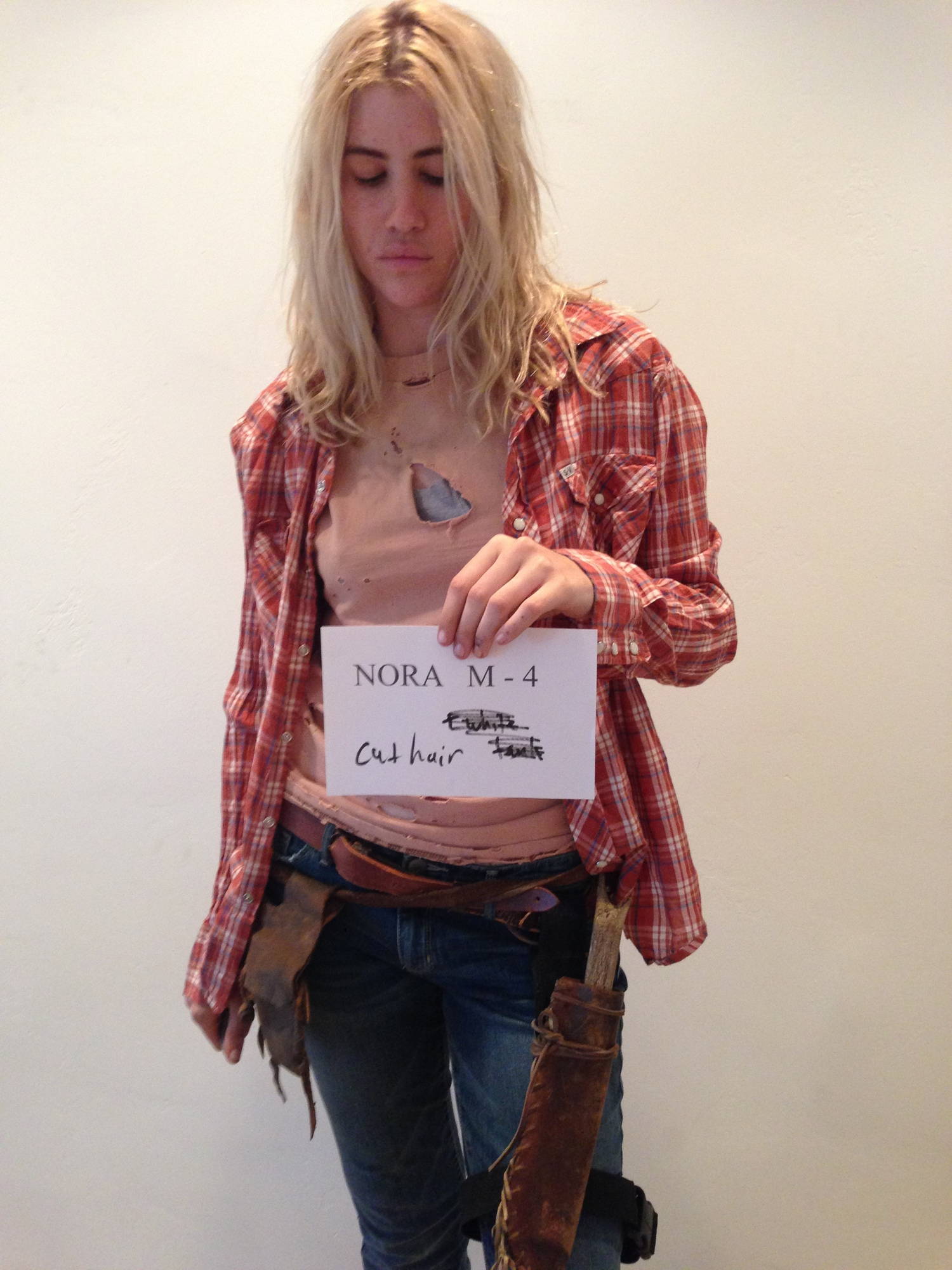


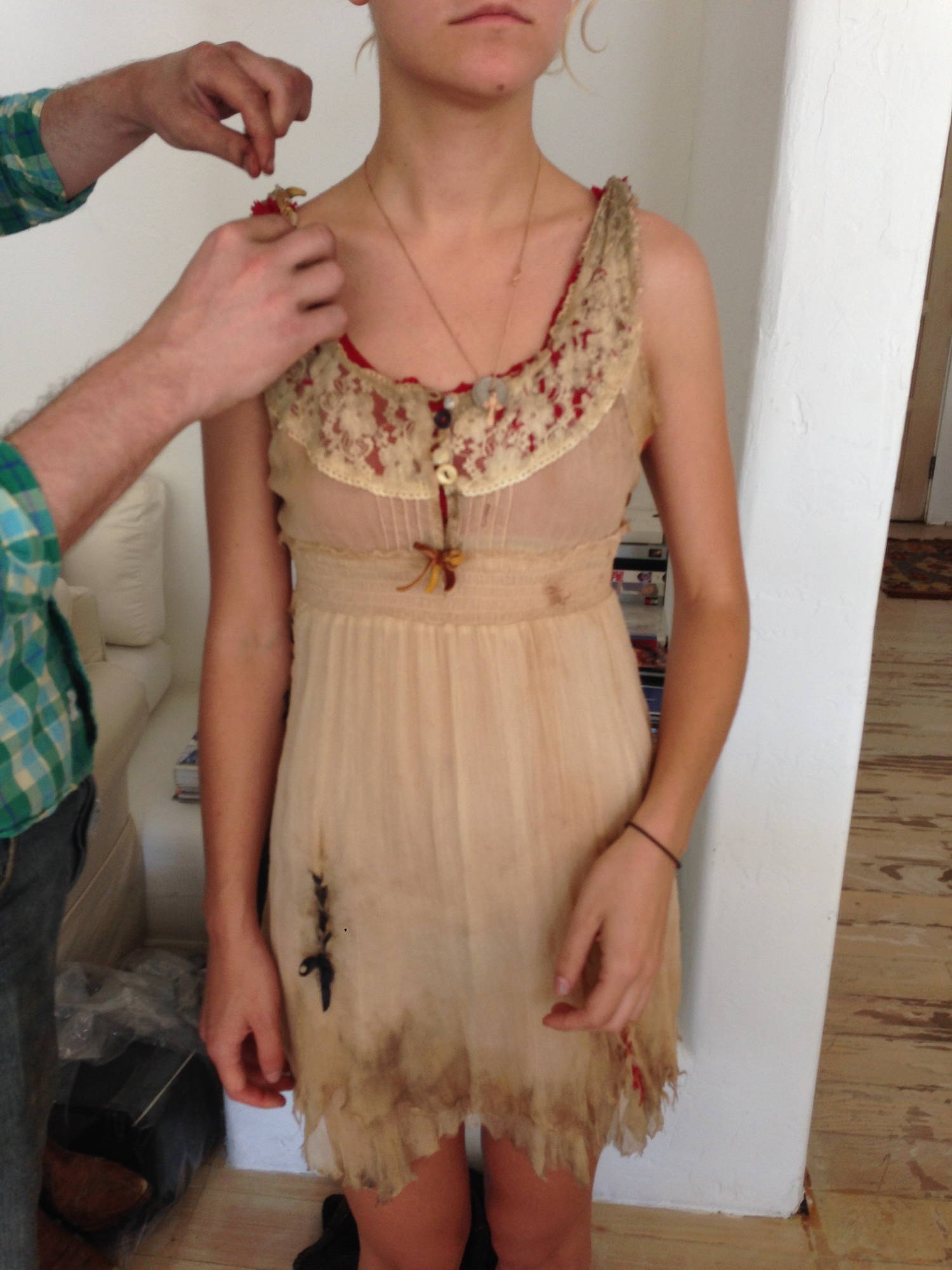
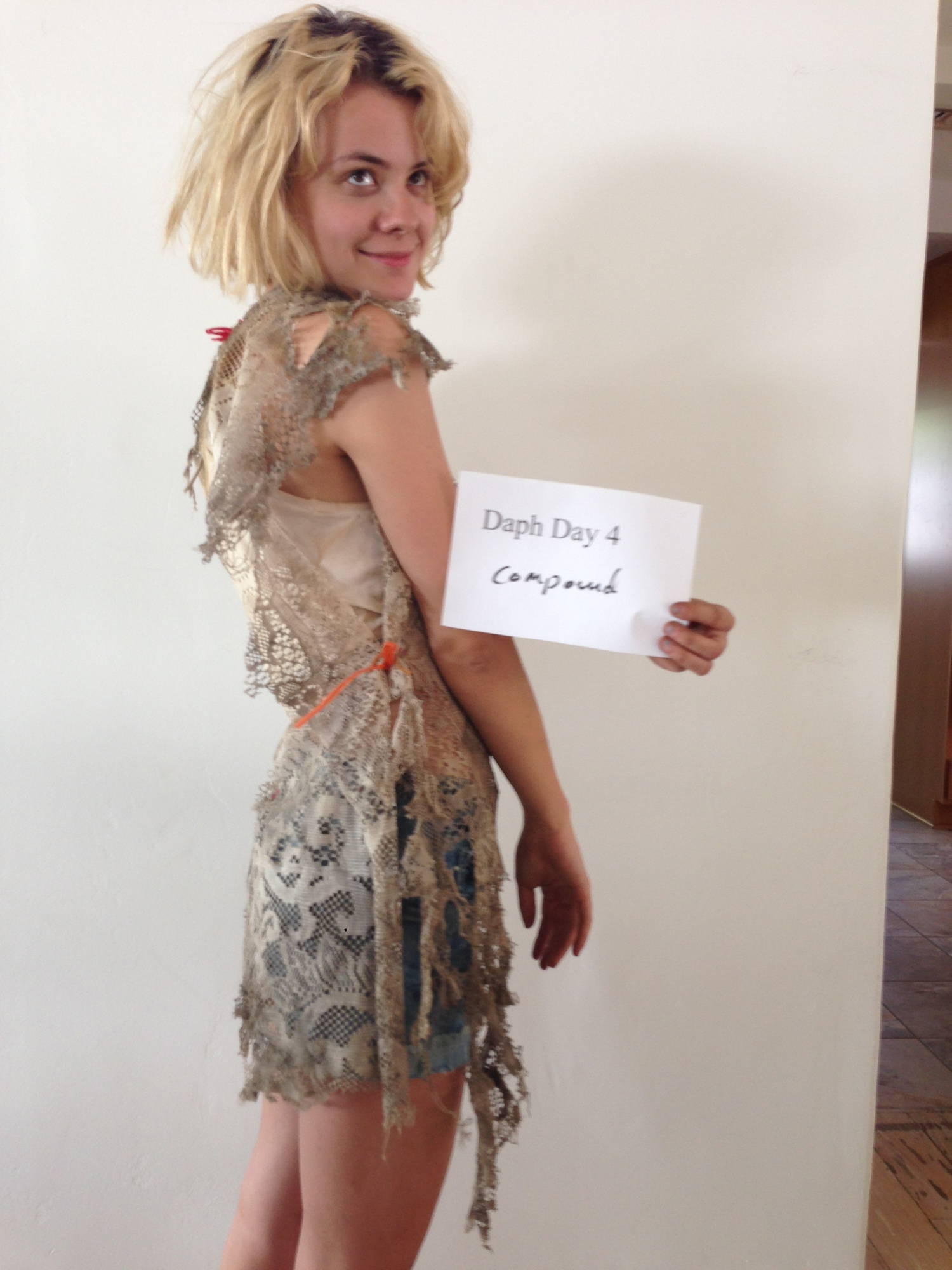

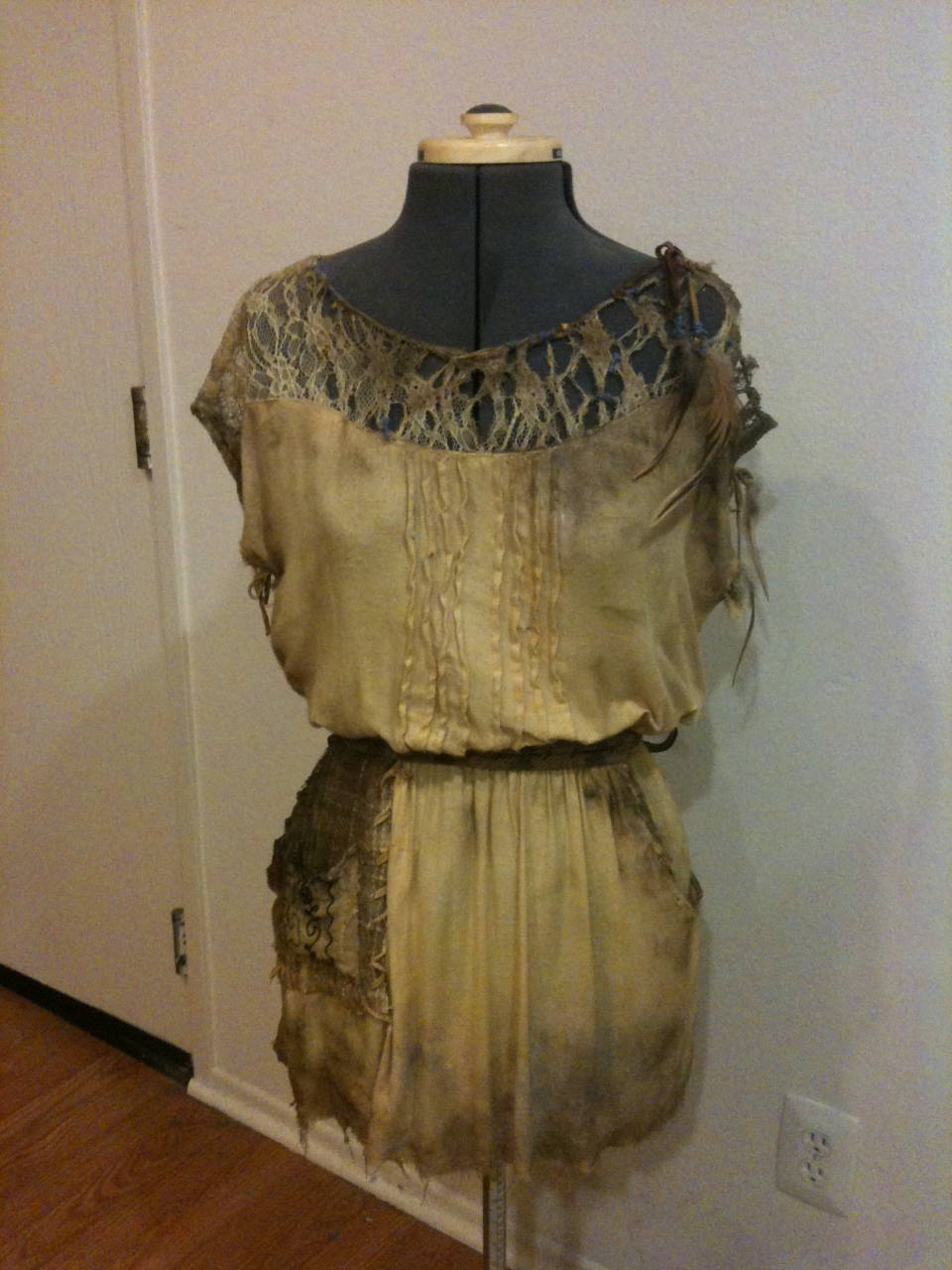

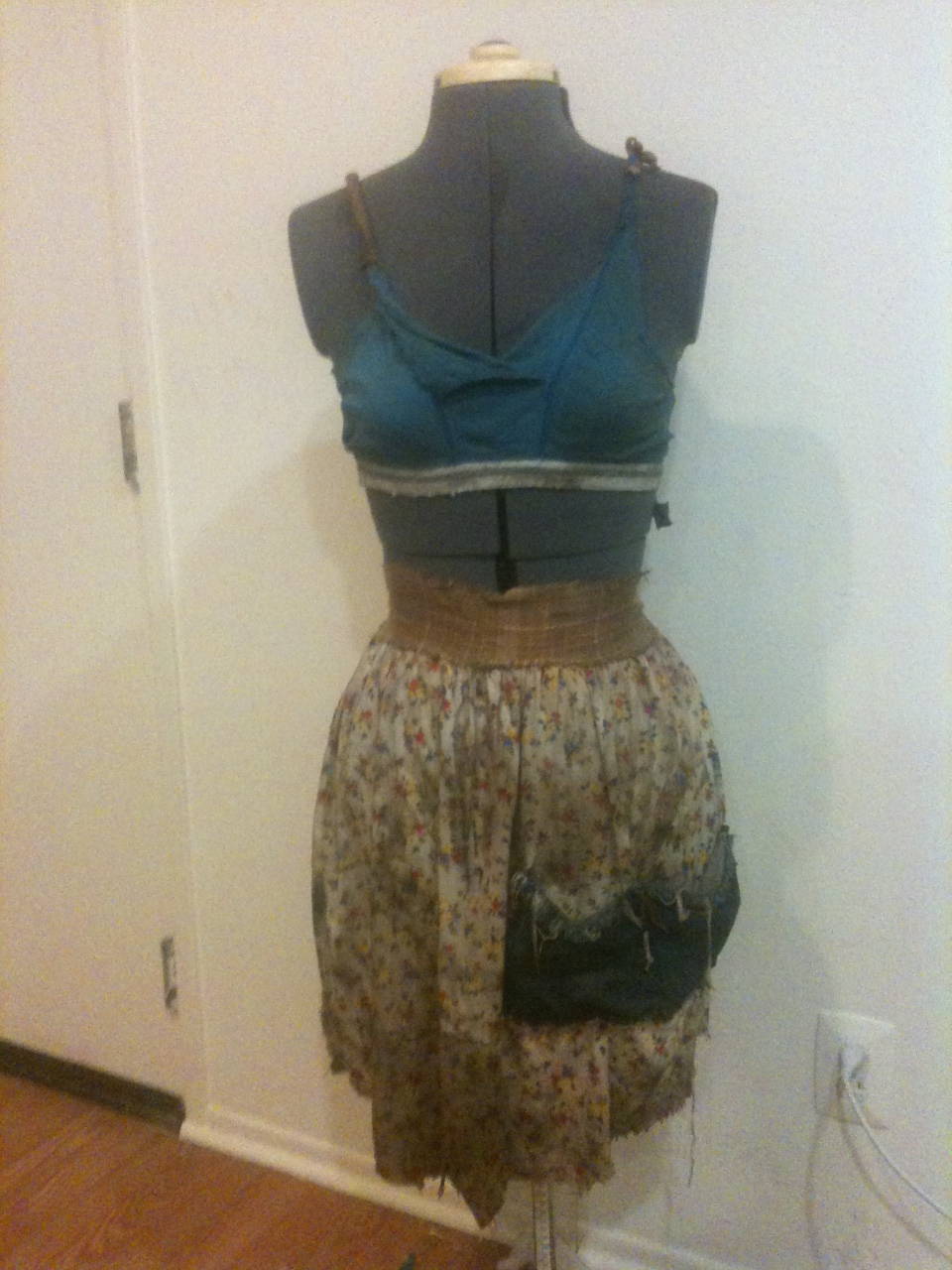
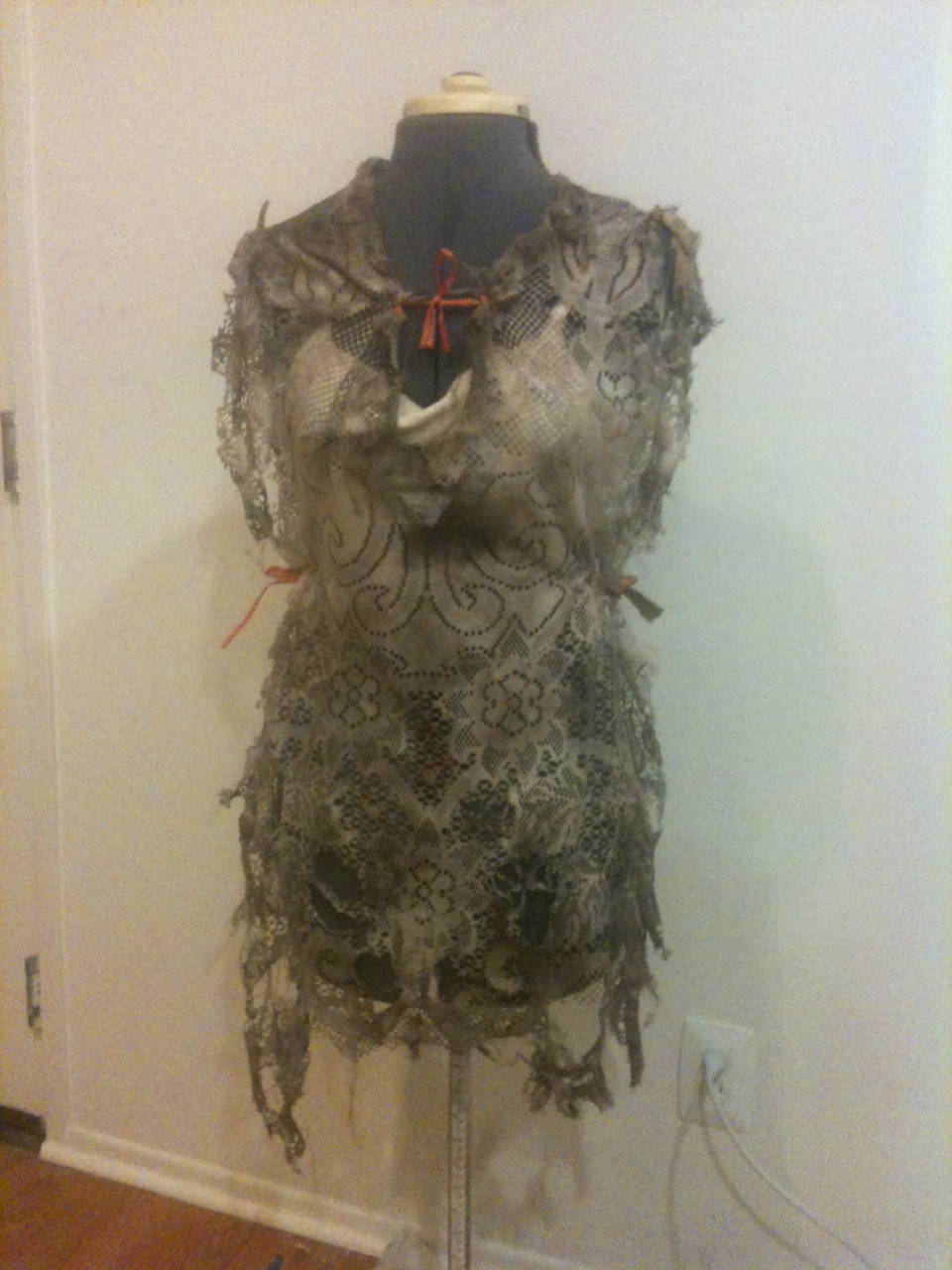
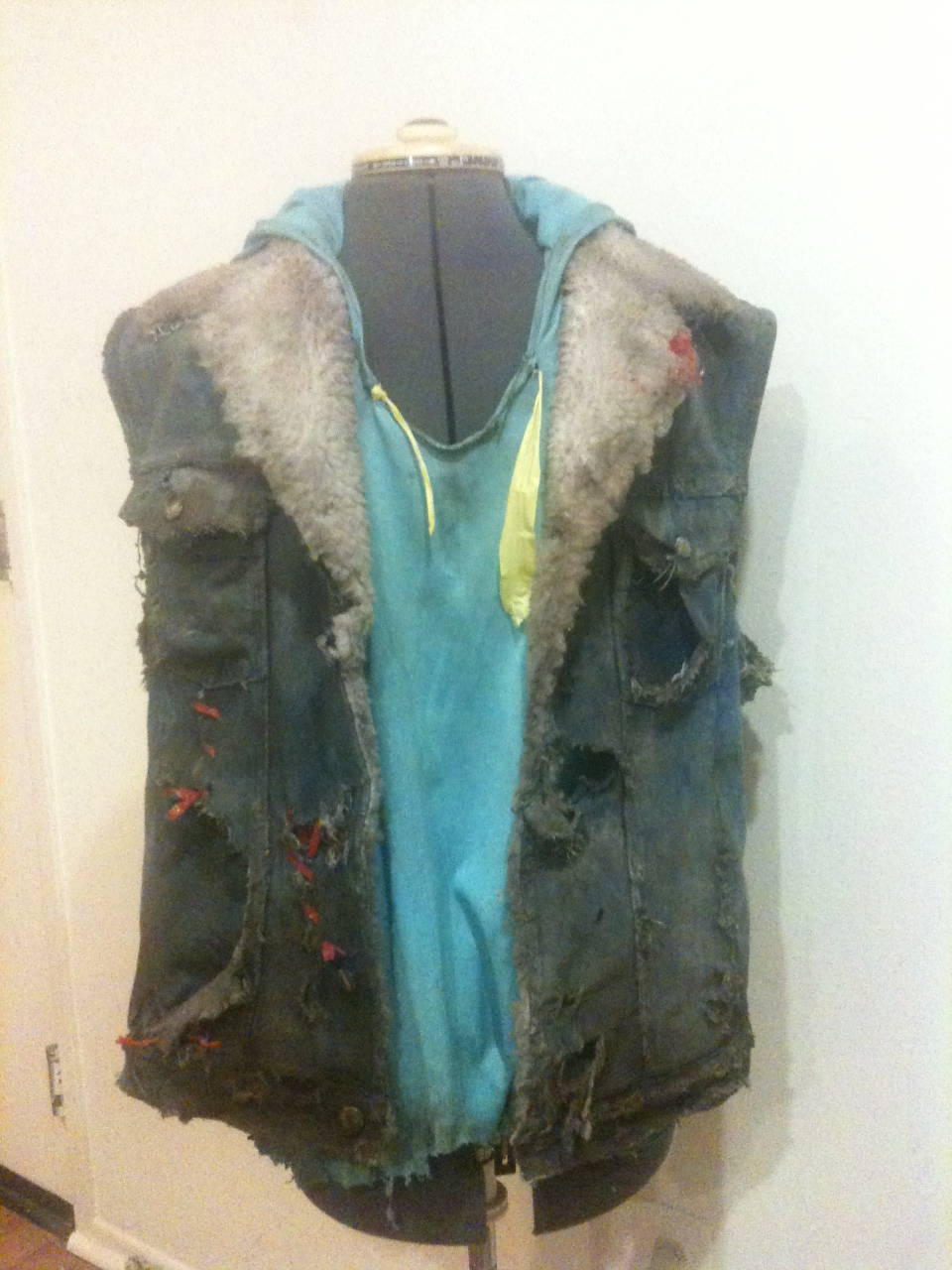
With the mix of lush sunny landscapes, firelight night scenes and of course the neon showdown, you didn’t make things particularly easy for yourself. How did those lighting extremes inform your choices of gear and approach to production? How was the bifurcated visual language of the film built?
The overall theme when I boil it down is that this is a movie about conflicting lifestyles. The girls live in harmony with nature, are self reliant and independent, and only take care of each other. The commune’s philosophy is to triumph over nature in a strength in numbers sort of way – where they artificially impose their will on a perverted sense of nature. The drug at the center of their ceremony is this sci-fi thing, where these Datura flowers mutated with radiation from the atomic bombs and heightened their psychedelic powers, and this is what they’ve built their religion around. The leader, Dennis, offers them an attractive way to stay alive in this sort of Burning Man culture gone wrong. We wanted to make a very distinct visual world for them versus that of the girls. The girls live in accordance with nature and their colors are natural and are all lit by the sun or fire, but the compound people live in the most artificial light we can imagine, which doesn’t even exist in nature, this glowing purple white creepy color and pastels in darkness.
DP Sean Bagley was so instrumental in helping to come up with and accomplish the look of the movie. I found him by going through every reel online and then bugging him until he met with me. He went to AFI and so it was cool to work with the other film school here in LA, he brought on a lot of great people from AFI. Of every DP I saw, he was the most aware of how to shoot the outdoors and not over light things, which is somewhat common in student films. A lot of people still haven’t got the knack of digital photography’s tendency to blow out highlights, I do not understand how people are still doing this, even in some huge movies. I haven’t seen a blue sky in a movie since ’98 – I don’t know what’s going on. Obviously I’m exaggerating, but still this white sky thing has to stop…I don’t know why I notice it all the time, it makes me insane. Anyway, Sean brought so much to the movie, and came up with the most memorable shot, of Nora walking in front of the giant sun, during a scout.
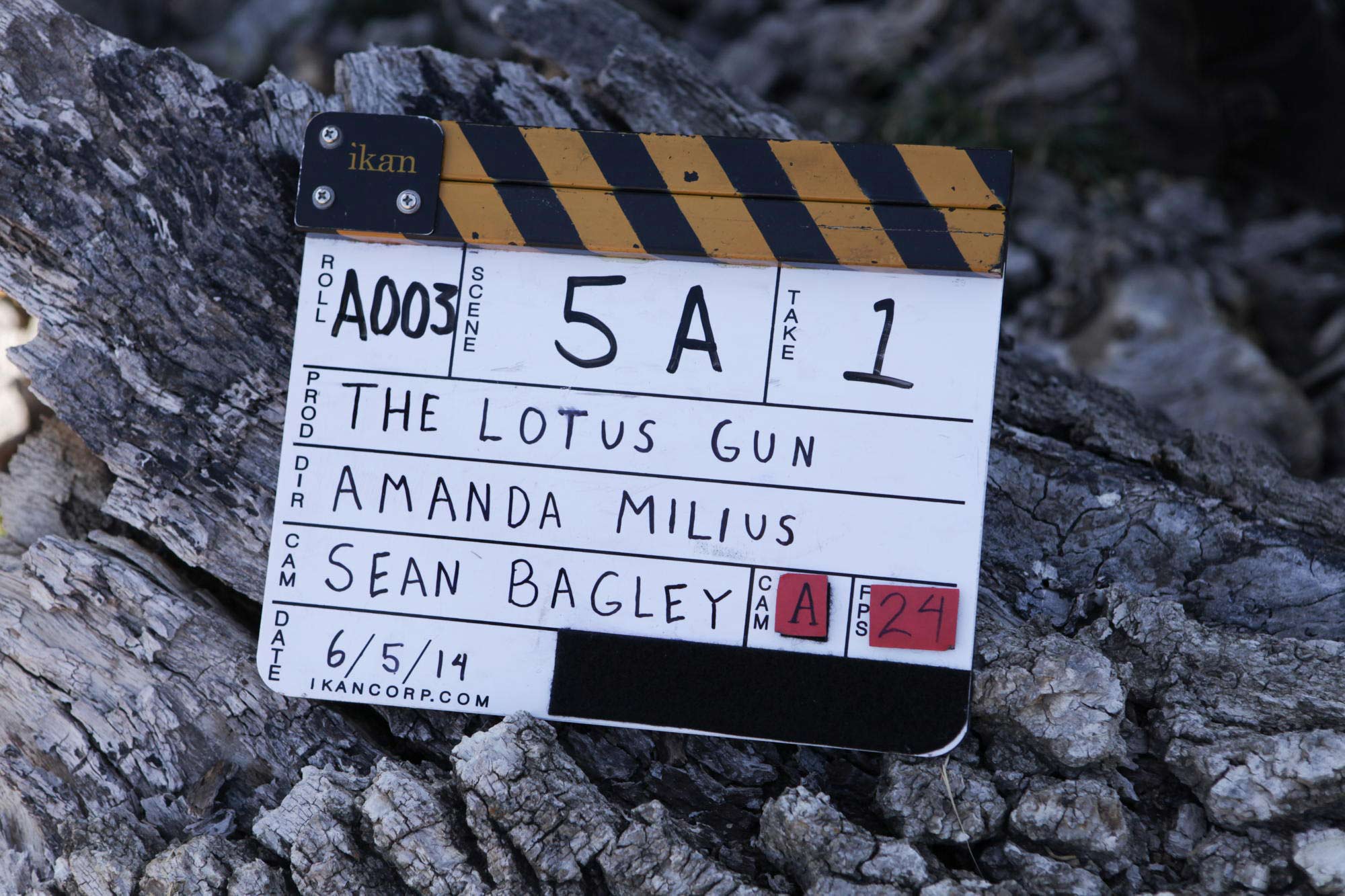

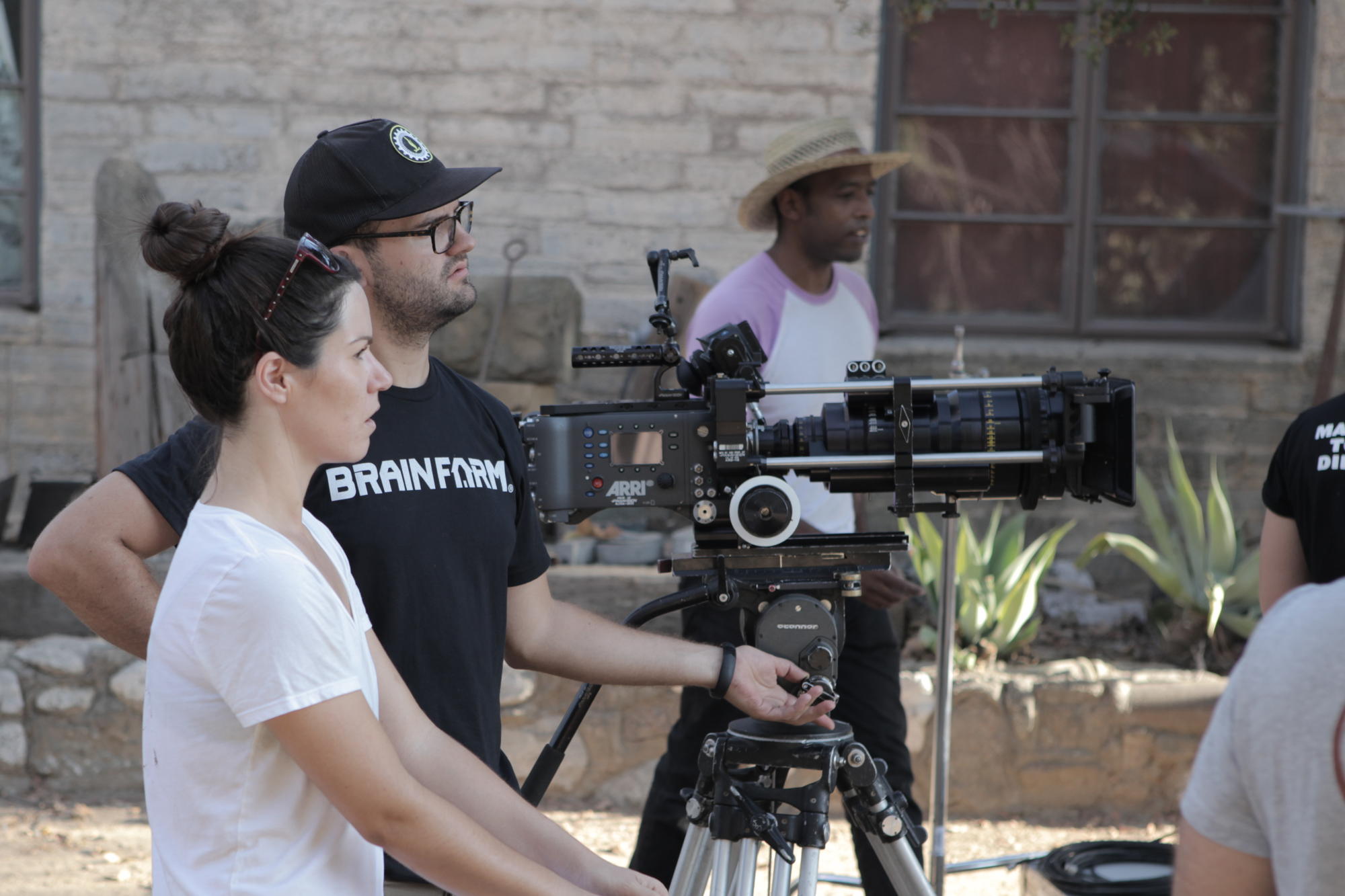

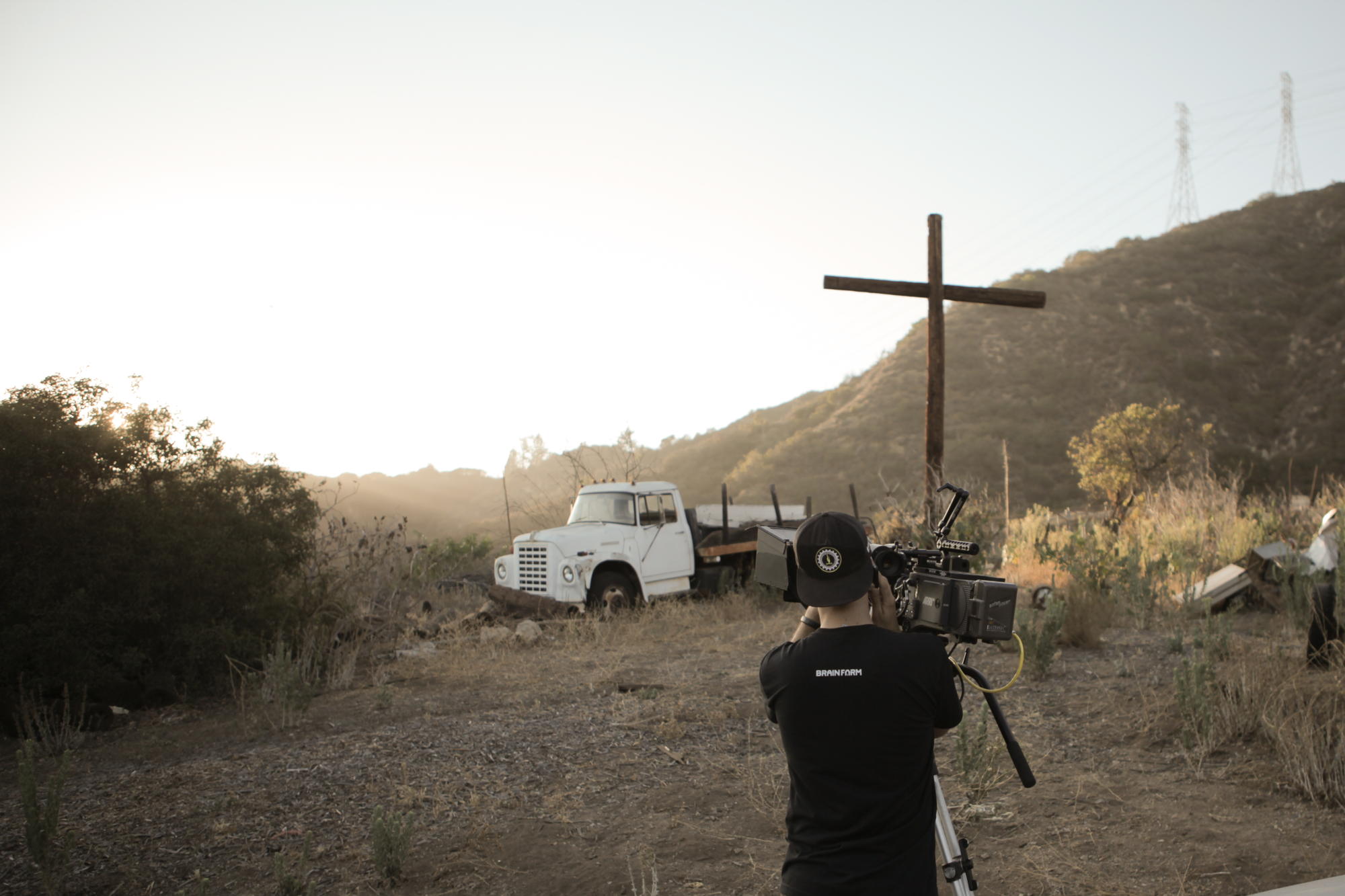
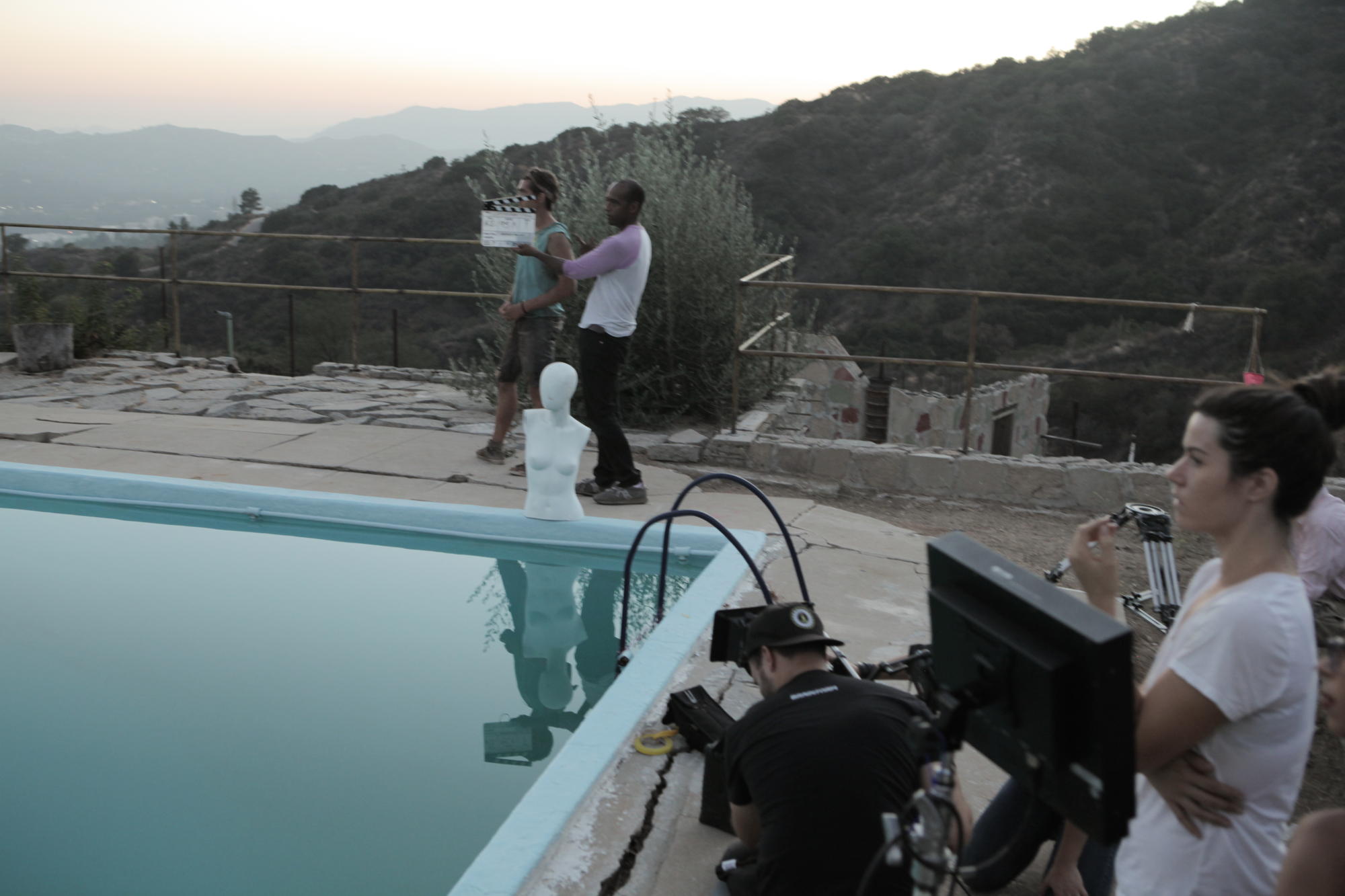


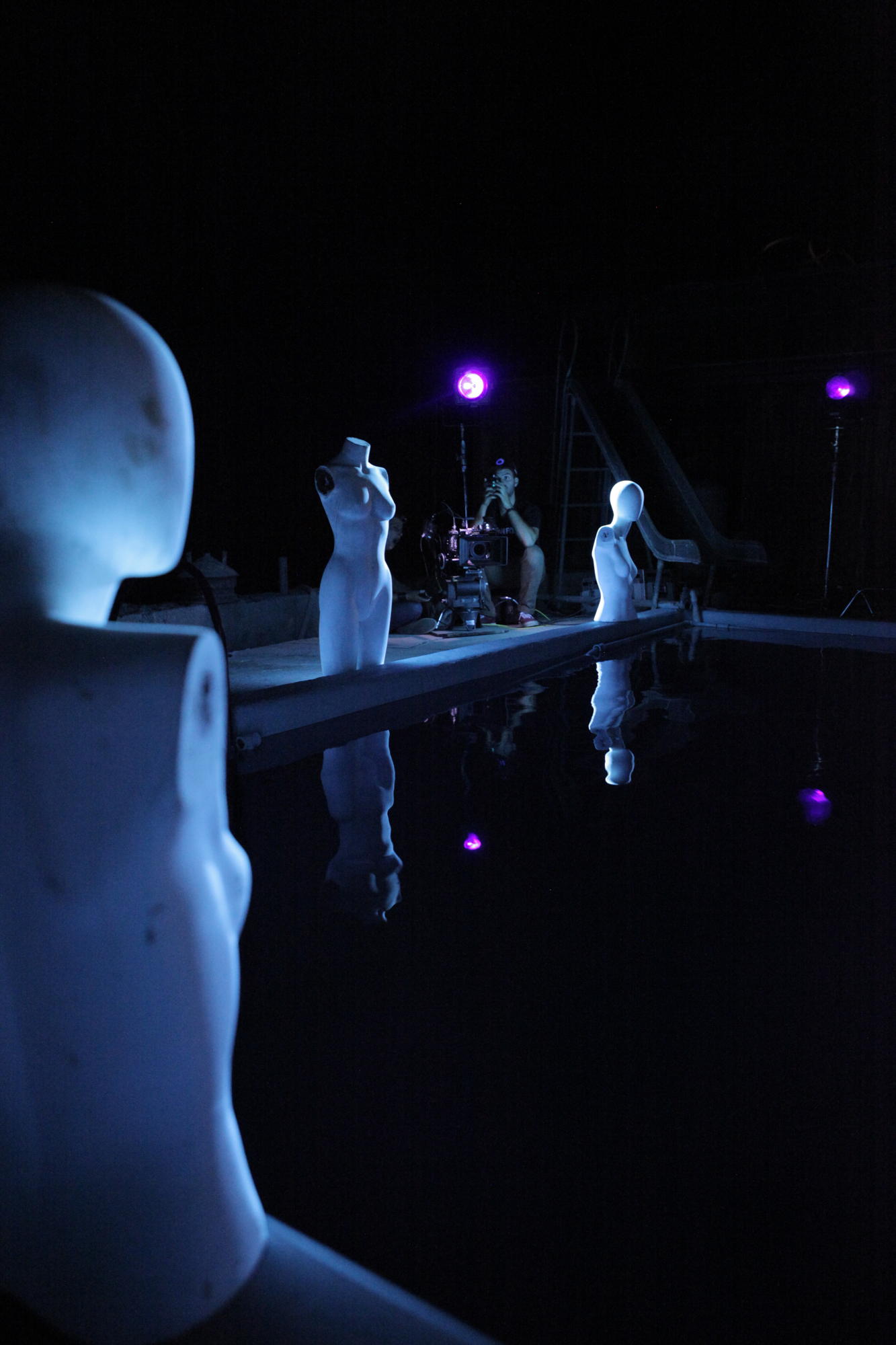
We shot on the Arri Alexa, which we were lucky to get to use from Panavisions’ new filmmaker program. Initially I tried to force us to use as little gear as possible for the natural parts, because I read somewhere that Terrance Malick locked up all the grip gear on Days of Heaven, but I was thankfully convinced by someone that that would be a dumb experiment, so we did actually have a lot of gear out there. It was not the easiest shoot because we really were in the middle of nowhere and couldn’t afford a ton of support so we had one little broken trailer for the actors, some trucks and a lot tents. But I think it was fun that way. The producers, Julio Vincent Gambuto and Faisal Attrache, really handled so many insane situations that happened as a result of being off the grid yet the vibe stayed really happy and fun for the most part, and we all became such close friends and will continue to work together as much as possible.
We did organize our schedule based on when the best time to shoot for sun was, and luckily we had enough days out there where we could get most of the outdoors during the best light. I think we had 3 days in the girls’ area, 2 days of various landscapes- broken freeway and river trail, etc., and then 4 days at the compound. The commune was already almost perfect because it was this insane hippie compound up in Altadena with some of that stuff already there.
The nighttime glowing cult area, we did with these very strong black lights from this company called Wildfire, that allow you to shoot the black light material at the same exposure as non black light. So we did a few tests beforehand where we figured out how to shoot both fire-light and black-light in the same shot. Wildfire also makes special paint that we used on some of the objects and the mannequins, that’s very strong. We used skin-safe glowing makeup on the actors. And our production design team Marcello Dolce and Katie Pyne figured out that tonic water has potassium in it and so it naturally glows in strong black light without adding anything so the actors could drink it. For the flammable stuff I experimented with oil based glowing material and rubber cement mixtures and these powders people use to find leaks in wells supposedly… I have a video of me lighting my mom’s patio on fire a bit while doing this but I was able to put it out.
There’s a feeling of natural affinity between your two leads, how did they become involved in the film? What methods did you use to build the bound between them on screen?
I had auditioned a lot of people for both roles and hadn’t found the right people and I’m so glad I waited and didn’t give in to various pressures to just cast it and get going. I met Lauren Avery at a fragrance opening for our mutual friend Ezra Wood’s brand Regime De Fleurs. I saw her and thought she looked so unique and had such a great face and vibe, and she came and auditioned and she was so awesome. Everyone on the project supported casting her when they saw the tapes. It’s a testament to how confident and naturally talented she is because she is so very different in life to this character.
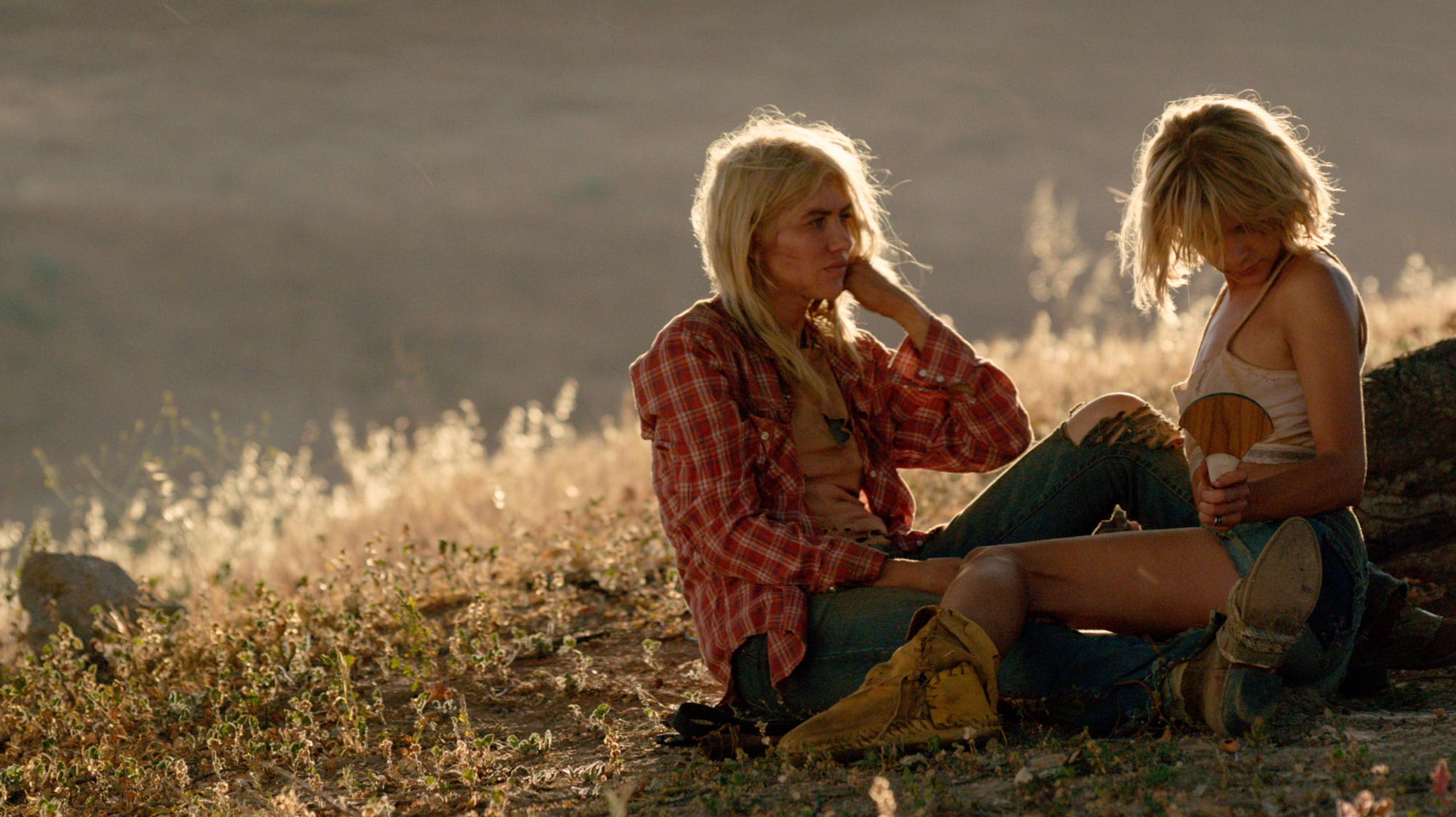
We had also not found a Daph yet and Lauren was actually friends with Dasha Nekrassova and suggested we meet her, and it was the same thing, where she hadn’t done a lot of auditions but was just so naturally perfect for the part of Daph. So they had this similar friendship already that I think comes across in the movie. The dynamic in their real relationship is a bit the way it is on screen. Lauren had been in a few shorts before so she kind of led the way and Dasha followed her like how Daph would. We also did a lot of rehearsals, and a day at my directing professor Jeremy Kagen’s house where we came over and he workshopped some scenes with us, which was a cross between a meditation session and a rehearsal, it was great. Hopefully he will let me do that on every movie! Like I said it’s like going to see Yoda. We also rehearsed in the actual location, which was hot and exhausting but good; because they felt comfortable with everything by the time we actually shot and already knew the layout.
When we were shooting, it was the best when we had as few people around as possible. A lot of the scenes in the beginning weren’t that planned and we just followed the girls around in the environment like they lived there. They knew the characters and their stories so well that everything they said to each other works.
I think beyond being a movie about a clash of lifestyles, it’s about loyalty.
Nora always possessed the power to disrupt the misogynistic group she escaped. Was that unearthed potential a wider commentary on the female position within society? Is there a message you wanted your audience to take away from The Lotus Gun?
As far as a message I think beyond being a movie about a clash of lifestyles, it’s about loyalty. There is possessiveness, in a good way, that comes about through loyalty and I wanted to explore that. How people belong and don’t belong to each other. I think Nora possessed the power to disrupt them, but only when she had a reason to. When she first escaped – she’s not really the same person, she’s alone and doesn’t have anyone else to look out for. So it’s only when they cross her moral code finally, and disrupt the life she’s made for herself, that she finds the need to really kill them. It’s like how we ourselves can take on all kinds of injustices, but when we see injustice to someone else or abuse of someone whom we care about, it triggers a revenge impulse, at least I think it does. There’s something interesting about the strength in the relationship of the girls, who only have each other, versus this very artificial bond within the commune. The girls’ bond is stronger, so in this desperate world, they will survive, because that violence trigger gets activated. I don’t think the people in the commune would be willing to die for each other. The strength of a relationship between two people is powerful and I think it’s more powerful than any bond a larger group can create.
Also the gun in this is an Excalibur, sword in the stone type thing, where it was always meant to be hers. It’s important because it becomes an equalizer and shifts the power dynamic. This story is meant to be serialized in a kind of graphic novel type way, which we may do, and the idea of this girl and one of the only guns around makes her have power beyond her physical self. But really it’s her moral makeup and determination that makes her that powerful.
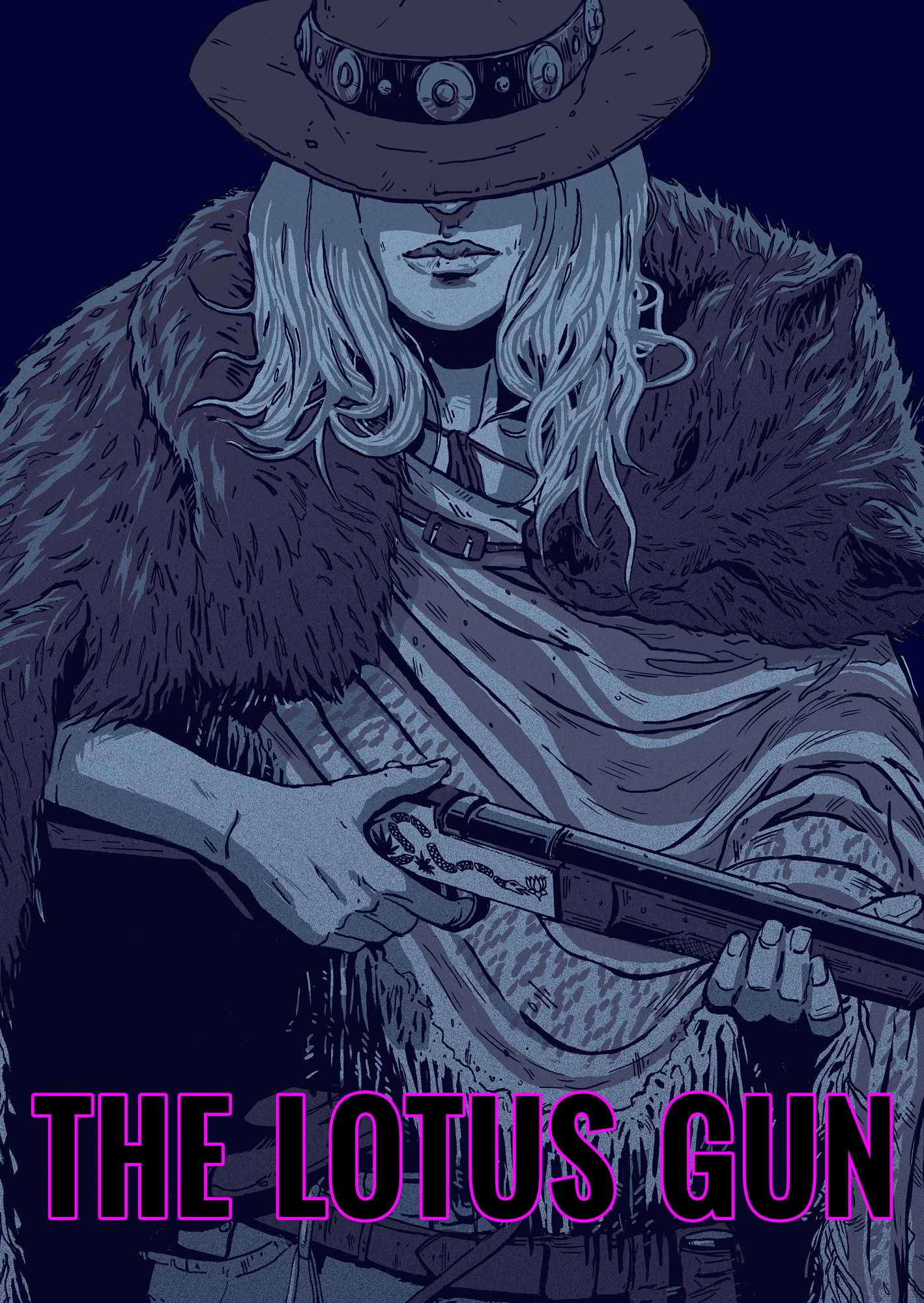

Laurie Greasley’s striking posters for the film put me in mind of Brian Hurtt’s art in The Sixth Gun comic series. How did the two of you develop that illustration style?
We saw his work on a fan site for Alien’s 35th anniversary posters while we were looking for artists and thought he had the coolest style. We always wanted Nora and the world to be this sort of comic book type place but very realistic and he really had the same tastes in what he drew. So we reached out and sent him the movie and he liked it and came back with these two amazing posters. They really set up who she is and what the vibe of the movie is. We sent references from posters we liked, The Good, The Bad and The Ugly, some Blade Runner stuff and the posters from A Boy And His Dog, another movie we drew a lot of inspiration from. But really he came up with those designs from watching the movie himself.
It feels like there are more stories to explore in The Lotus Gun, do you have plans to return to that world?
There is definitely more to explore, we made the movie out of a longer feature script we initially had, but so much has changed, we’re kind of re-working that now, and are also making Lotus Gun into a pilot and episodes – which is really more where it belongs because the world has so much in it, there’s an endless amount of people, creatures and situations that can happen in it. We have this one section we’re working on, where there’s this Lord of the Flies situation going on with all these children there… So hopefully we can make it and expand this into something bigger in either format. And as I said we really wanted to start exploring graphic novels as a format for this and another story I have in a different world, because it frees you up to do these really big things and big epic stories in a visual way before you invest the kind of money you’d need to make them films.
It’s been playing a lot of festivals this year and we have been having some great luck recently. We just won Best Short Film at an awesome festival in Dallas, The Women Texas Film Fest, and it seemed to really find a home there. It’s also going to be available on Film School Shorts platform for a while and play a few more festivals in the US and Australia actually, The Melbourne Underground Film fest is the next one up.

